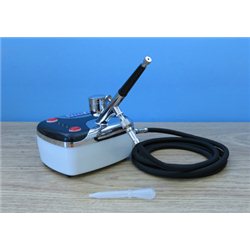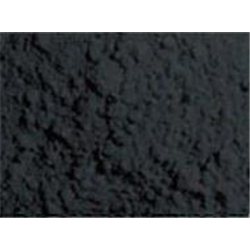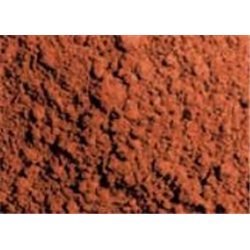Static grass puffer bottles work by manually charging model grass fibres with static electricity. When the charged...
No products
Product successfully added to your shopping cart
There are 0 items in your cart. There is 1 item in your cart.
Search Tips
What is the most effective method of weathering locomotives and rolling stock ?
Weathering locomotives and rolling stock is a great way to add realism and character to a model railway. It helps to recreate the wear and tear that real trains experience over time. There are several effective methods for weathering, and the best approach depends on personal preferences and the desired level of realism to be achieved. Here are a few popular techniques:
- Dry brushing : This is a simple and versatile technique that involves using a dry brush to apply a small amount of weathering paint to the raised details of the model. It creates a subtle and realistic effect by highlighting the texture and adding depth to the model. Start with a light colour and gradually build up layers of darker colours to achieve the desired effect.
- Washes : Washes are thin layers of paint or ink that are applied over the entire model and then wiped away, leaving the paint in the recessed areas. This technique is great for creating a dirty and grimy appearance. Different colours can be used to simulate various types of dirt, rust or oil stains. Experiment with different dilutions and application techniques to achieve the desired effect.
- Airbrushing : Airbrushing allows for more precise control and can produce a more realistic and even weathering effect. It is particularly useful for larger areas or when a Modeller wishes to create a faded or worn look. A combination of different colours and techniques can be used to achieve the desired effect, such as blending colours, or by using masks or stencils to create specific patterns or effects.
- Chalks and weathering powders : Chalks and weathering powders are great for adding subtle weathering effects. They can be applied with a brush or sponge to create dust, dirt or rust effects. They are easy to control and can be blended together to create realistic variations in colour and texture.
Remember, when weathering locomotives and rolling stock, it's important to start with a clean and properly prepared model. Remove any grease or oil from the surface, and consider sealing the model with a clear coat before weathering to protect the underlying paintwork.
Ultimately, the most effective method of weathering locomotives and rolling stock will depend on a modeller's personal preferences and the specific effect they wish to achieve. Don't be afraid to experiment and practice on scrap models or surplus parts in order to gauge the effectiveness of a particular process or technique.
Click here to receive the tips weekly in your mailbox. You can unsubscribe at any time.










